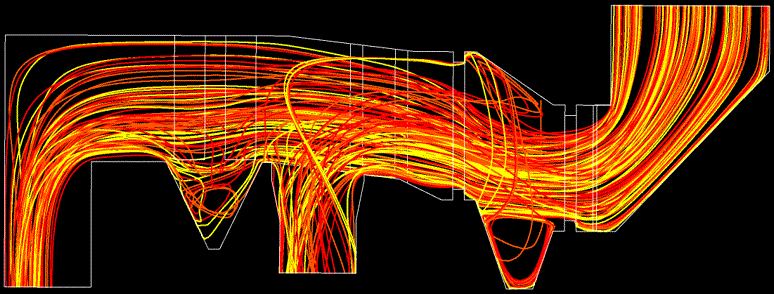Commercial Services Blog for 'Coventilation' Community.
Please leave a comment, question or concern regarding your ventilation status.

Commercial Services Blog for 'Coventilation' Community.
Please leave a comment, question or concern regarding your ventilation status.
Comments are closed.
I saw your ad in the Hartford Courant, and was excited to see that someone has pointed out the near uselessness of social distancing for indoor spaces. I like the smoking analogy; I have used that myself. (If you can smell the smoke, you’ve got the disease!) But a note of caution: what is the threshold number of virus particles required for an infection? As with all human factors, the answer probably is (a) not known and (b) not measurable. Fauci says “quite a few.” We are all depending on that by practicing quick exposure with masks and distance. This doesn’t work for school kids.
As for better ventilation schemes, I think in terms of laminar-flow hoods, where the fresh air is introduced at the top through an array of thousands of tiny holes and drawn out the bottom in a similar fashion. Probably highly impractical for rooms, but certainly possible. In this way, air flow is acting with gravity, and not against it. If the flow is indeed laminar, there will be no mixing.
Thanks for your reply and the first comment in what I hope will be an extended discussion about re-‘inventilating’ America and Getting Back Better.
Threshold values for particle number and characteristics is an academic area ripe for investigation. The Chinese have a significant number of publications (go figure) related to movement of small particles. See this reference at https://www.ncbi.nlm.nih.gov/ for a fairly comprehensive discussion by researchers from Uunan Univ.
As far as ventilation schemes, purging is a better method for indoor spaces as you have suggested. I’ve modeled top-down low flow and have found it to be ineffective due to occupant thermal currents (body at ~85°F and exhaled vapor ~90°F). These thermals punch thru the air flowing down and end up mixing and spreading before being entrained and carried back down into breathing zone. A parametric model may reveal a solution using this method, but in spaces with lots of occupants, thermals rule.
A viable option is to have air enter horizontally mid-wall (like natural ventilation) and have the gentle flow rise with the thermal plumes to the room exhaust. In this case mixing is immaterial. You are also correct in identifying the need for distributed supply, and I would add distributed exhaust. I believe current HVAC systems are easily adapted to this pattern without excavating the envelope.
Kind Regards, John Drennen, PE